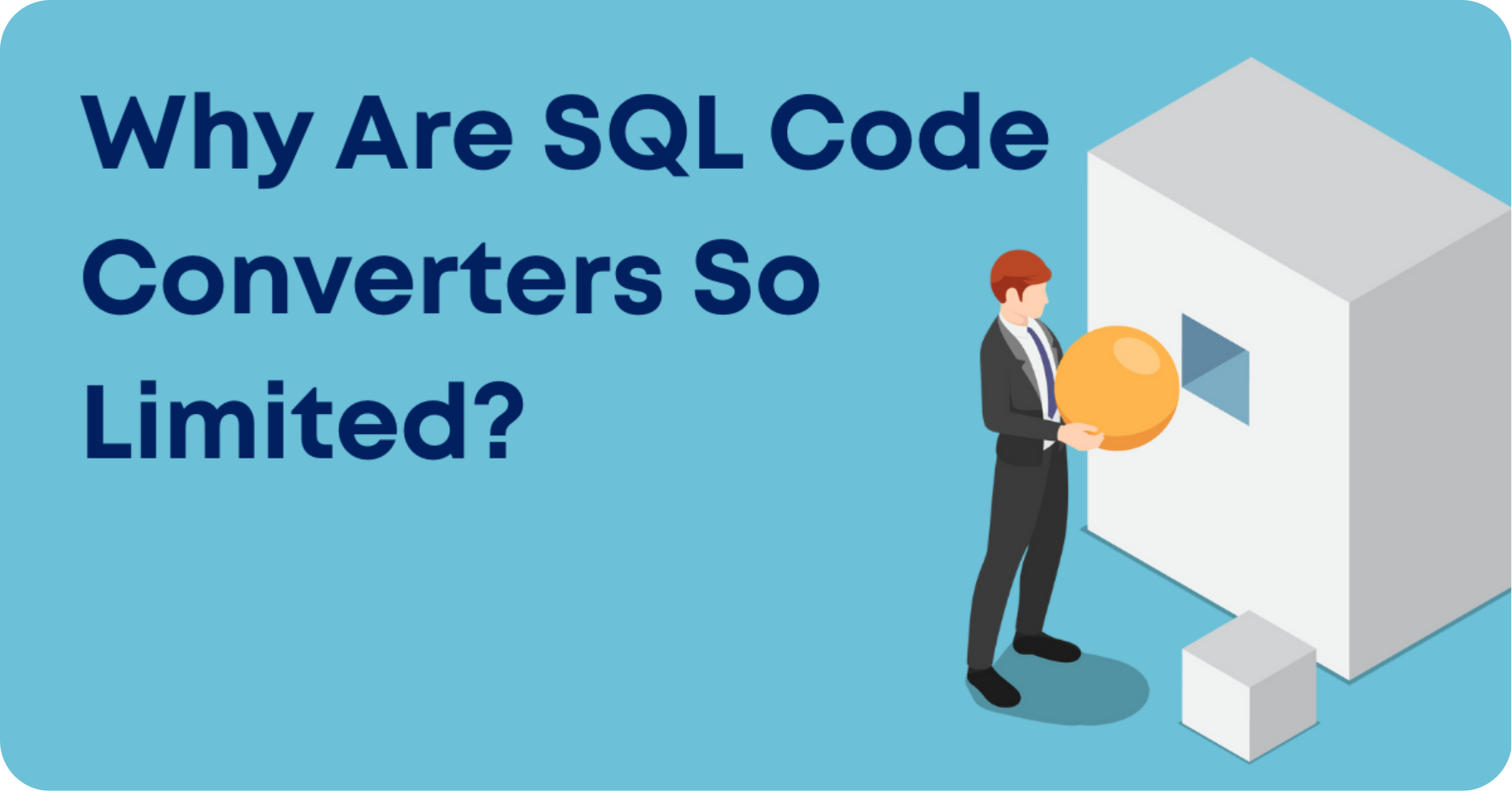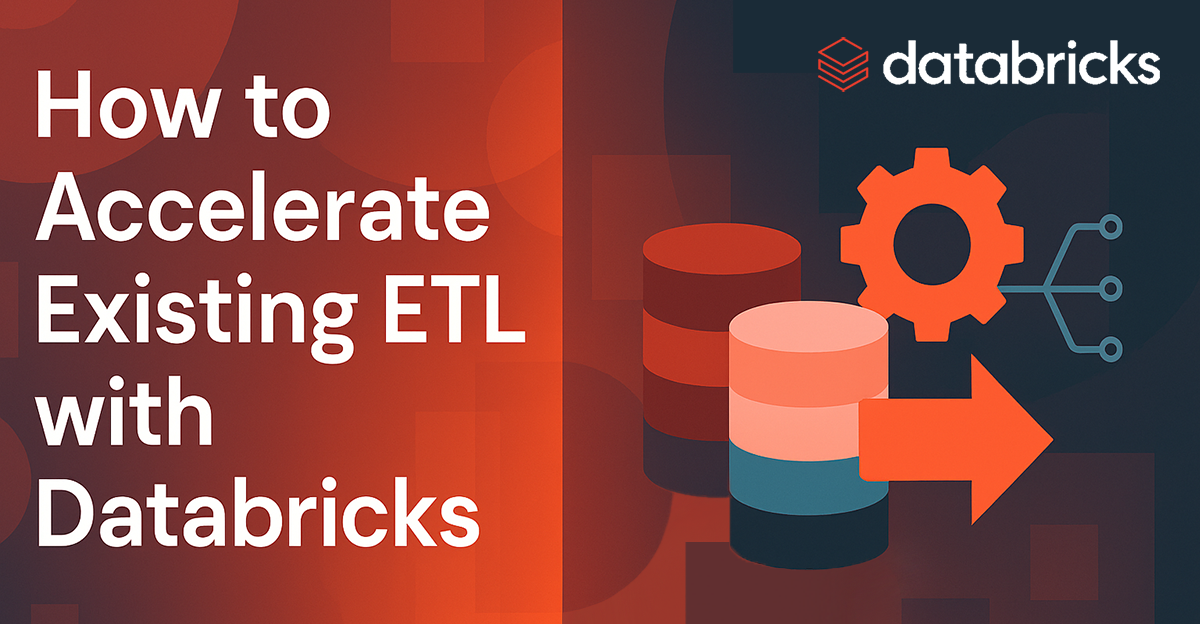This article was originally published in Forbes
The numbers don’t seem to add up. Cloud vendors report new highs with every earnings report and underline the prospects of what is arguably the hottest growth market in IT. Yet only 5% of enterprise IT spending is going toward the cloud, so far. Something is holding IT leaders back.
Moving the enterprise to the cloud is probably the single most critical challenge for IT leaders. But to grasp the challenge one must understand just how much a moving target the cloud is. What started with IaaS, an infrastructure play only, has evolved into a multi-layered ecosystem that offers unprecedented value and benefit. And while IaaS made for quick wins, fundamental infrastructure products like databases require a different approach.
Many IT executives find themselves in a bind: management may have announced to analysts the company would be cloud-native within, say, 3 years. And now it’s theirs to figure out how to execute on what is more wishful thinking than an actual strategy. They need to devise an approach to move the entire enterprise—and not just the easy targets.
Cloud-native is not what you might think it is
Many vendors seem to perpetuate the mantra that in order to become cloud-native enterprises must develop for and in the cloud, from scratch.
It may sound intuitive at first, but it isn’t exactly selfless on the vendors’ part. A vendor may have long tried to break into an account. A sea change like the shift to the cloud creates a unique opportunity for them. Advocating for replacements may therefore be a means to an end rather than having the customer’s best interests at heart. Read the full article here.
About Mike Waas, CEO Datometry
Mike Waas founded Datometry with the vision of redefining enterprise data management. In the past, Mike held key engineering positions at Microsoft, Amazon, Greenplum, EMC, and Pivotal. He earned an M.S. in Computer Science from the University of Passau, Germany, and a Ph.D. in Computer Science from the University of Amsterdam, The Netherlands. Mike has co-authored over 35 peer-reviewed publications and has 20+ patents on data management to his name.




